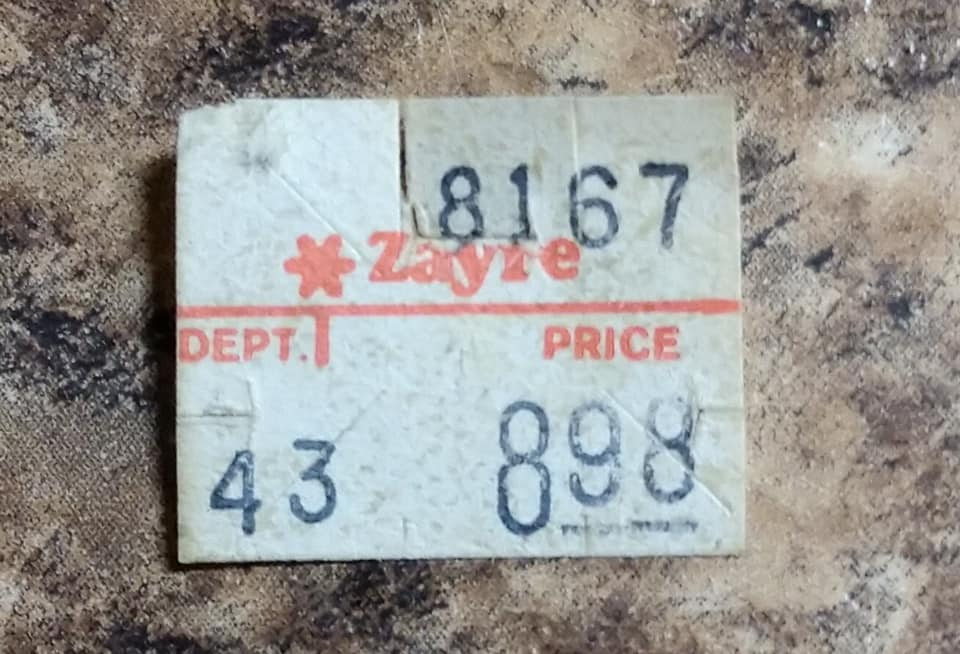
In the beginning days of this site I wrote a fairly brief history about Zayre’s first inventory point of sale control system when we were taking a look at Ames and the purchase and integration efforts of the chain. When Ames purchased Zayre, the company was running NCR 2552 cash registers across the chain, presumably with NCR 726 Minicomputers supporting the efforts on the backend and handling the communications duties with mainframes and the like. Like Hills and Jamesway (among others), Zayre used two-digit department numbers, and added a four digit “style” number for their SKU. Because of the proprietary nature of the NCR solution, a receipt from Hills or Bradlees running the NCR system would have pretty much the same format as a receipt from Zayre. I have found no evidence of Zayre running older NCR 255s or another solution from another manufacturer in any of their stores. All signs point to NCR 2552s. If anyone knows to the contrary, please feel free to comment so I can research further.
Prior to the move to the NCR electronic/computerized system, Zayre was using Sweda Model 46 registers at the checkouts and Model 76 at the service desk. Other chains did the same thing during this era. The Sweda registers provided inventory information by punching an optical tape that would be unloaded and sent to a central office for processing by a mainframe. Zayre used two-digit department numbers and some of their items used a “double-pass” system, where a further inventory control number would be punched into the Sweda register before the department and price were rung up. I don’t know if Zayre used all the keys on the keyboard or just two digit first-pass/style numbers for items, still doing research in the area.
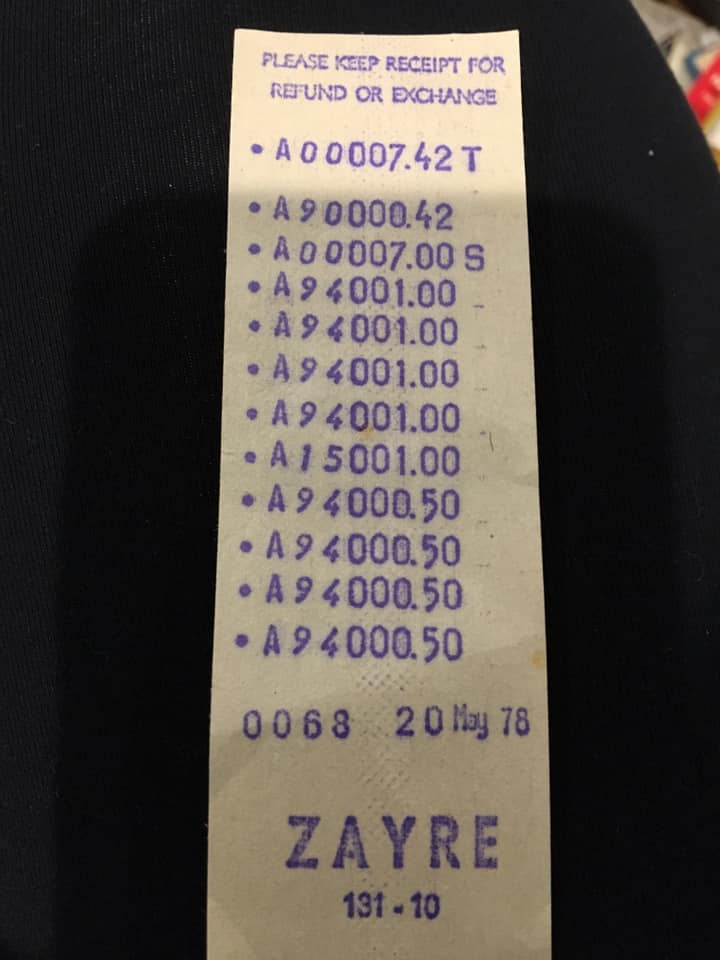
Zayre used department 90 for sales tax. I wonder if this was because it was the upper left-hand key on the keyboard, as Ames did the same thing with their classification three digit class numbers, using 900 as the class for sales tax. After the move to the NCR 2552 registers, when a cashier entered the amount tendered, the register would briefly show the tax amount, for example “90 0.42”, on the display before showing the change or balance due.
Unfortunately, the receipt above doesn’t show any evidence of a “double-pass” item, normally there’d be a notation of CM or something similar in the very left-hand column.
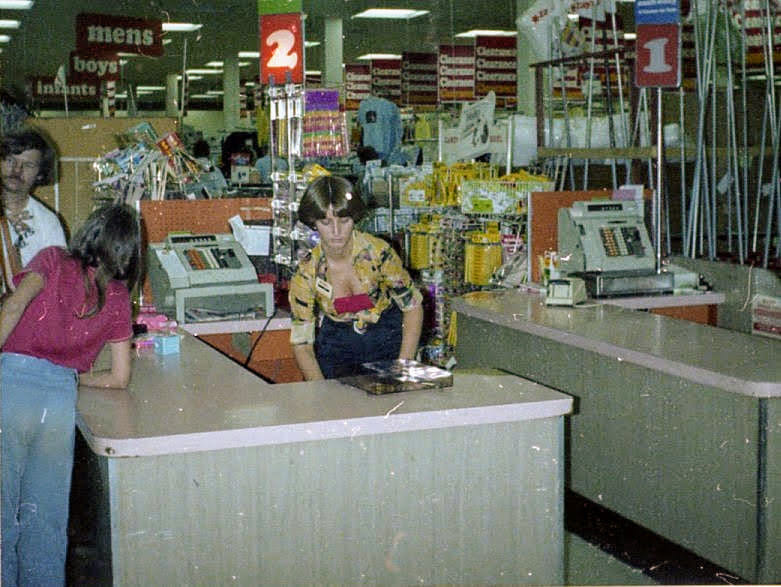
The Sweda 76 Cash Registers provided more functionality than the Sweda Model 46 registers typically found at the checkouts. At the time, department stores tended to process layaways up front at the service desk, and the Sweda 76 registers were configured to handle layaways and returns. The Sweda 76 also used a double wide receipt tape.
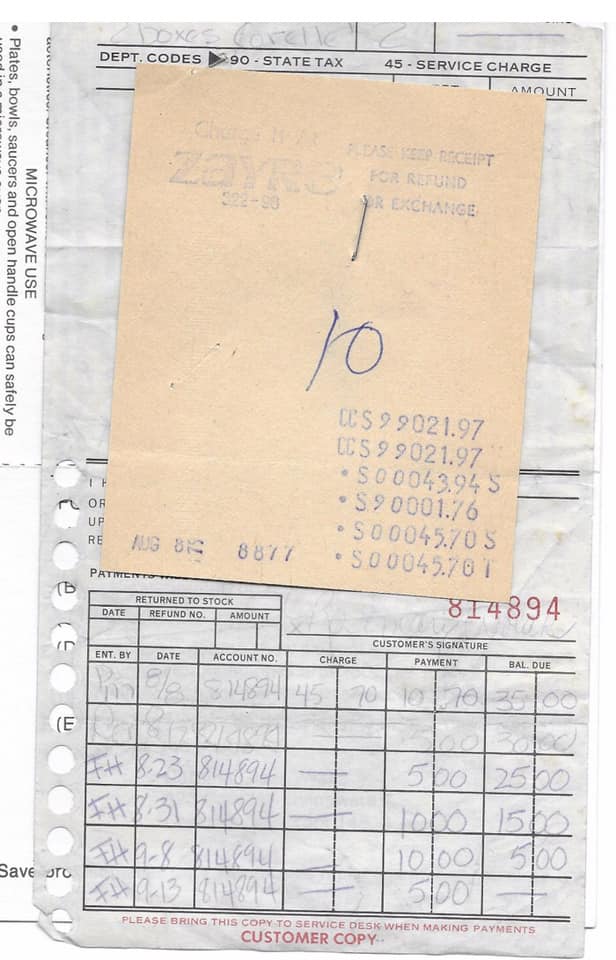
On the receipt above you’ll see “CC” on the left hand column of the receipt. I’m not sure if this refers to a double pass item or something else.
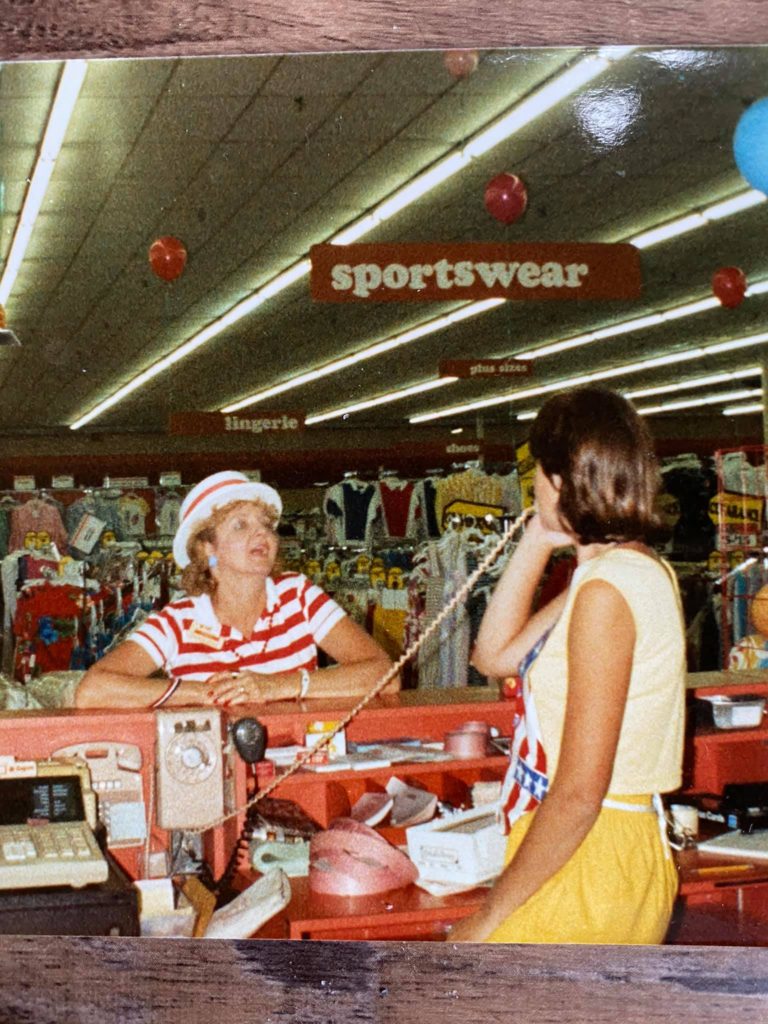
Here’s a photo of a service desk at Zayre after the conversion to the NCR 2552. The NCR 2552 was a modular cash register. At the checkouts, Zayre typically put the cash drawer under the counter facing the customer, the register on a stand at a 45º angle to the counter and the printers where a full cash register would normally be situated. The checkout counters had little cubby holes for documentation (rain checks, charge slips, etc) placed above the printers for the NCR 2552. When Ames bought the chain and converted the infrastructure to IBM 4680 OS and IBM 4683 registers, the cubby holes were partially blocked by the height of the IBM registers.
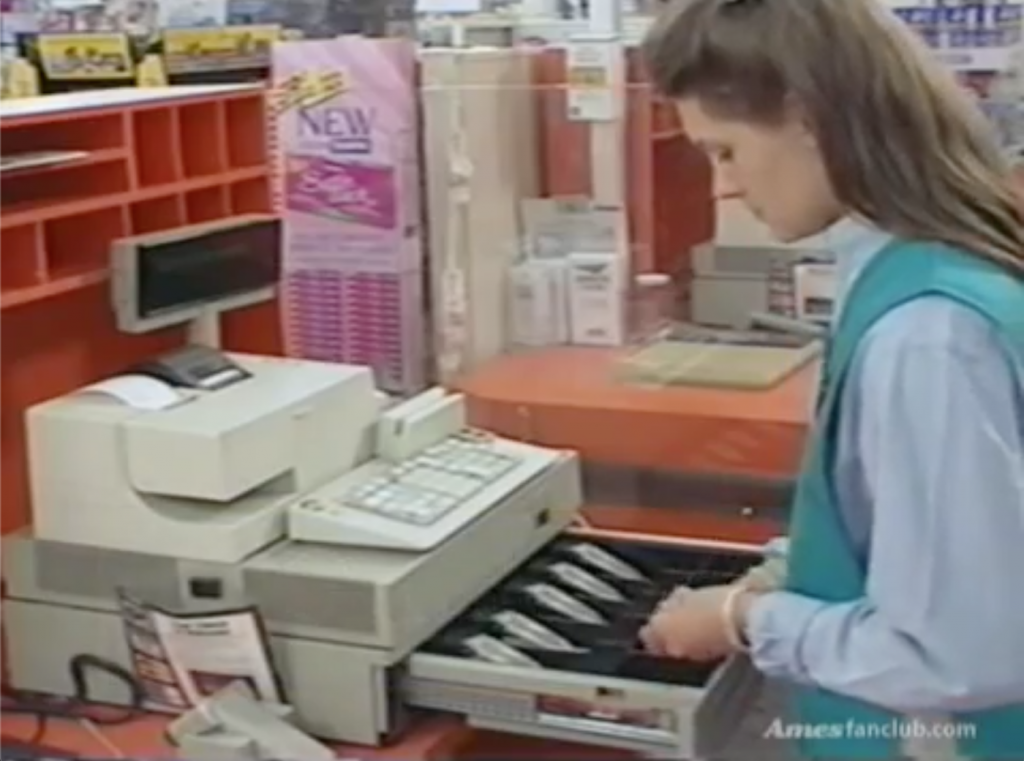
Curiously, Zayre did not use NCR as their vendor of choice for their front-end systems for their other chains TJ Maxx or BJ’s Wholesale Club. Embracing EDI or Electronic Data Interchange in the mid 1980s, the front-end systems were just part of an orchestrated, distributed networking system for the chain. The backend was supported by several different vendors including IBM 308x mainframes, NCR systems, and Digital VAX/VMS systems. Zayre began introducing scanning in 1988, shortly before their acquisition by Ames.
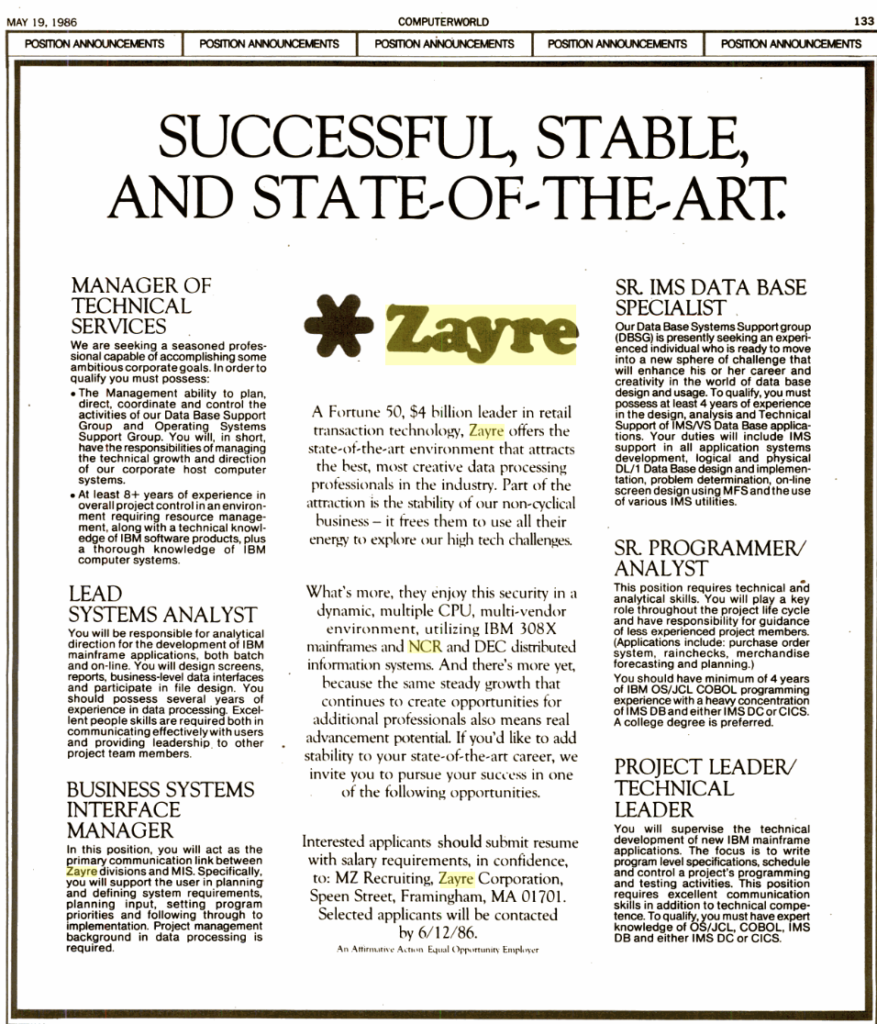
I am happy to have found the Zayre Stores Appreciation Group on Facebook, affording me the opportunity to fill in some gaps after browsing through photos and memories from former employees.
